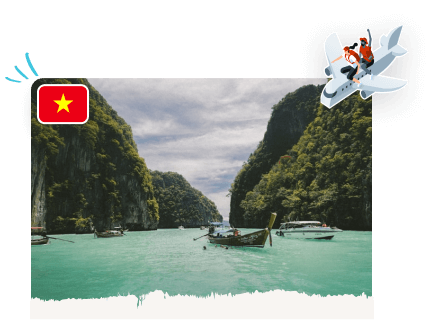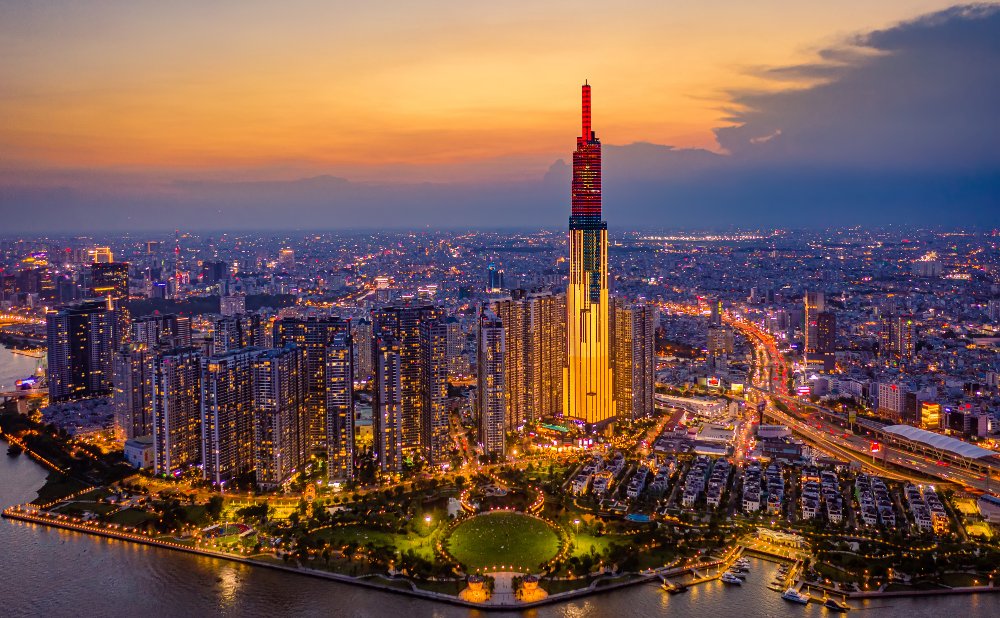
China, Japan, and South Korea are the three main destinations in Asia that come to mind while talking about the trip. Actually, there are more gems than these three countries in Asia, and Vietnam is one of them. This country deserves to be one of the top places on the list of the best travel destinations in Asia. Rich history, mesmerizing landscapes, colorful culture, and traditions are some of the features that include Vietnam on that list.
How can I visit Vietnam? Before visiting Vietnam, you should check the details about the Vietnam visa. There are various visa types in the country, but I will talk about the Visa on Arrival today.
- What is the best Vietnam visa on arrival service?
- How to apply for Vietnam visa on arrival?
Visa policy of Vietnam
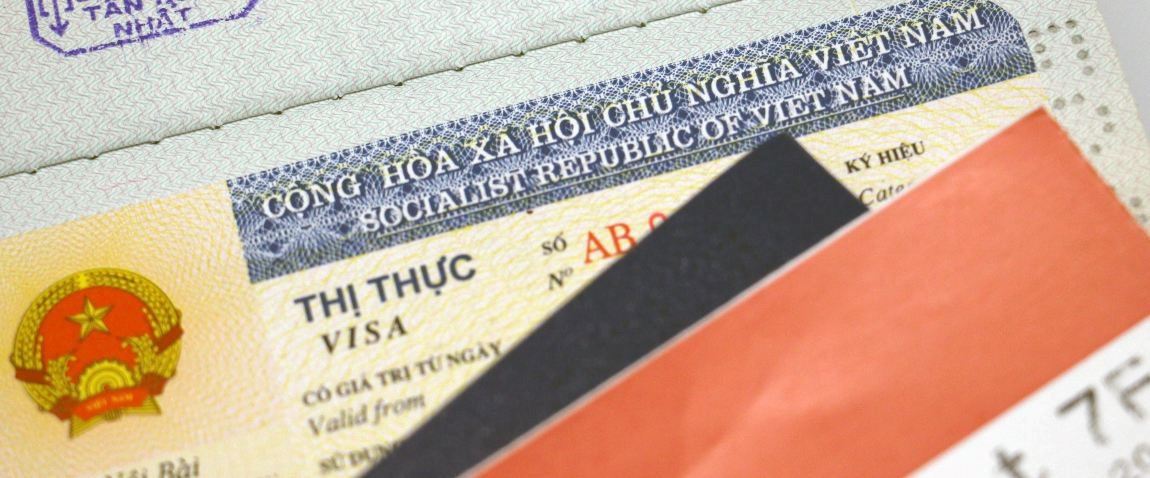
Before starting to talk about the Visa on Arrival, let's get some general information about the visa policy of Vietnam. Today, Vietnam has diplomatic relations with over 100 countries. The country has various agreements with those nations. Some of them have visa-free travel agreements, others have eligibility for E-visa, and so on. So, before realizing your voyage, you should check which type of visa matches your goals. Besides the nationality, you should consider the purpose of the visit while searching for a visa for Vietnam. Generally, we can divide visa types into five categories:
- Vietnam Visa on Arrival
- Vietnam E-Visa. It is an online way of application for temporary reasons. After completing the registration, paying the visa fee, and uploading the required documents, you will receive your visa by email.
- Vietnam Short-term Visa. Nationalities who are not eligible for E-visa can apply for short-term visas. Such as an E-visa, a Short-term Visa is for temporary reasons, but processing time and requirements vary.
- Vietnam Transit Visa. People who transit through the territory of the country must apply for a visa for Vietnam under the following conditions: if they want to stay more than 24 hours and if they want to leave the international airport area.
- Vietnam Long-term Visa. Foreign nationalities who want to work, study or reunite with their family members can apply for a long-term visa. Applicants must apply for long-term visas from their own countries. Terms and details may vary depending on the nationality and the purpose of the visit.
Visa-free countries

As you know, all countries have visa-waiver agreements with other countries. It allows residents to visit each other's countries without undergoing any visa application procedure. Today, 24 nationalities have a right to visit Vietnam visa-free. Of course, the list may get longer in the following years. So, check the visa-waiver countries list before making your application. Nationalities that are eligible for visa-waiver are:
- Belarus
- Brunei Darussalam
- Cambodia
- Chile
- Denmark
- Finland
- France
- Germany
- Indonesia
- Italy
- Japan
- Kyrgyzstan
- Laos
- Malaysia
- Myanmar
- Norway
- Philippines
- Russia
- Singapore
- South Korea
- Spain
- Sweden
- Thailand
- United Kingdom
All other nationalities except those that are mentioned above must choose the type of visa that matches the purpose of the visit.
Visa on Arrival (Can I get a visa on arrival in Vietnam?)
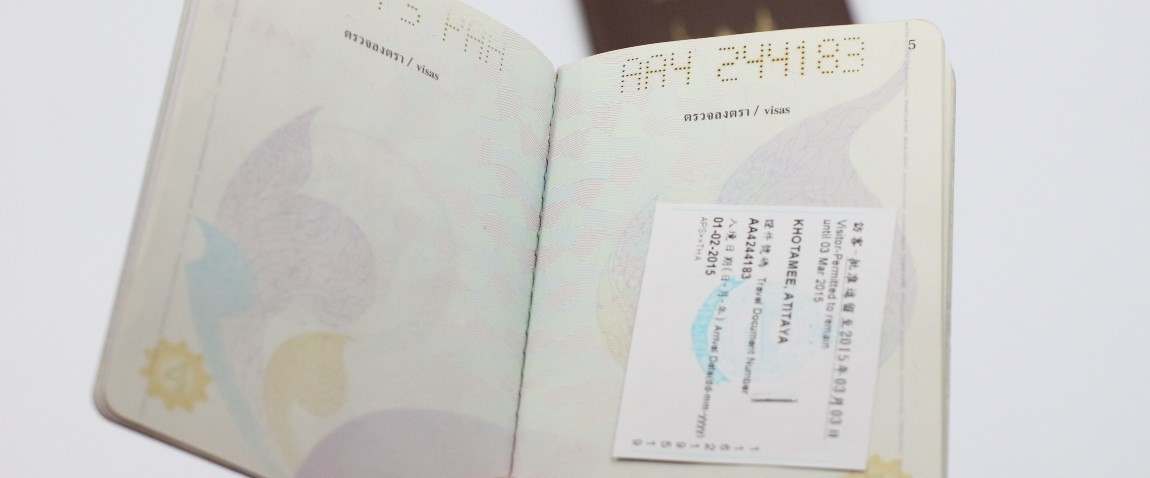
What is a Visa on Arrival? It is another way of getting a Vietnam visa. Differ from other types, foreigners, get them at entry ports. Can I get a visa on arrival in Vietnam? Unfortunately, not all nationalities are eligible for application. So, all applicants must check the list of eligible countries first. You can check the list on our website.
How to apply for Vietnam Visa on Arrival?

You need to finish several steps to apply for a visa. First of all, you will get to the official website and complete your registration. There you will fill a Vietnam visa on arrival form. You will need it to get an approval letter which you will show at the port of entry. Secondly, you will upload some documents, provide details about yourself and pay the visa charge. As it is online payment, you will need a valid credit card. It can be Visa, MasterCard, or American Express. The third step is printing an approval letter that you will receive by email. Finally, you will get a stamp on your letter when you arrive in Vietnam. If you arrive in Hanoi, Da Nang, Ho Chi Minh City, or Nha Trang international airports, you must fill in an entry/exit form. You can download it through the official website.
Required documents
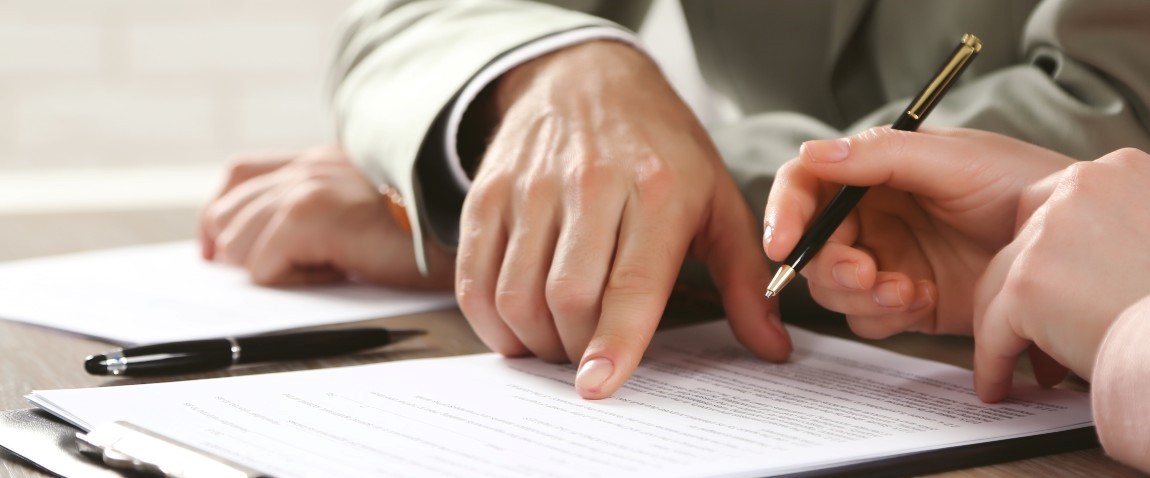
As we said above, you will present some documents during the Visa on Arrival application. It is a crucial part of proving your eligibility. The list of documents is not so long. So, you will be able to collect all the needed papers in just a few days.
- Vietnam visa on arrival form. All applicants must fill the form, date, and sign.
- Passport. Provided passport must be valid for at least 180 days beyond the date of your departure, issued within the last ten years (not older than ten years), signed by the bearer, and at least 1-2 blank visa pages.
- Photograph. You should present a photo taken within six months, 4x6 size, and on a white background. Your face must cover 70-80% of the picture with clear facial features (hair and glasses must not cover your face).
Pay attention to all terms of the documents to eliminate all possible problems. You may face some problems because of old photos and invalid passports.
How much is the Vietnam visa on arrival?
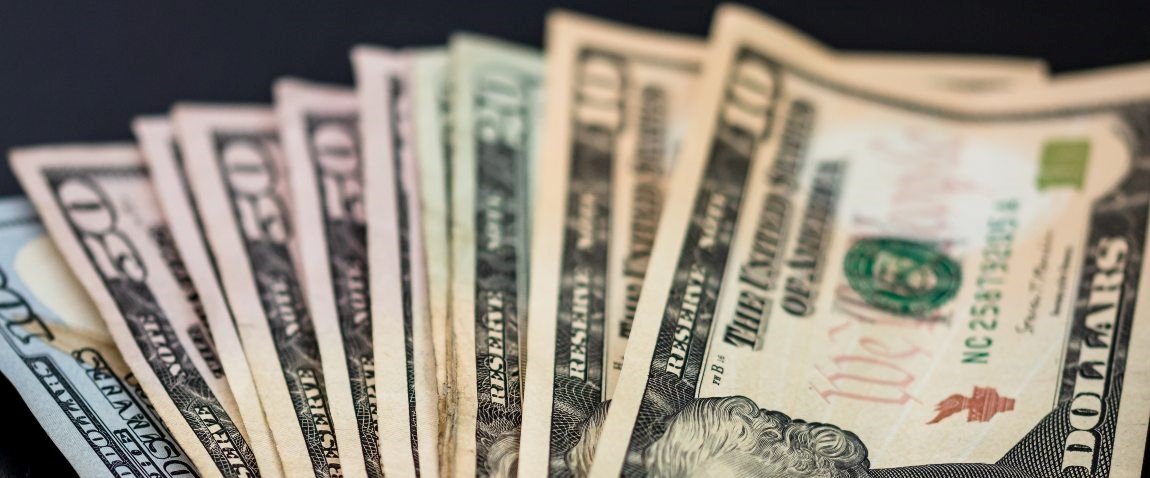
Travel costs are one of the main parts of our travel plan. While calculating possible expenses, we must add visa costs to that list. How much is the Vietnam visa on arrival? The fee for Visa on Arrival varies depending on the type of visa that you applied for. It can be a single and multiple entry visa. Also, these two types have two subcategories. A single entry visa can be given for one or three months. The charge for one month is 17, and for three months it is 25 USD. On the other hand, If you want to get a visa for multiple entries, you will pay 20-65 USD depending on the validity duration. Besides the visa fee, you will need to pay the stamping price. The stamping fee changes between 25-50 USD (single or multiple entry visas). You will pay a stamping charge at the entry port.
How long will I wait?

After providing all the documents, details and paying the charge, you will wait for processing. How long does it take? As you know, the first part of the application is online, and that is why the processing time is very short. You will obtain your visa in a few hours or a maximum in a few days. More accurately, it can be two hours or two days.
Can I extend a visa?
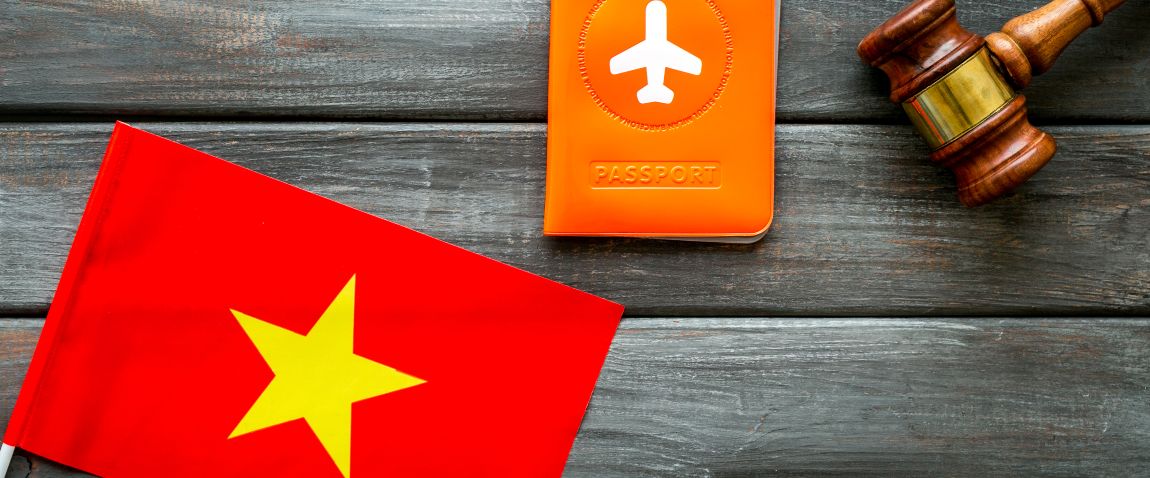
Although the visa lets you stay in Vietnam for 90 days, it is not enough for some people. Is the visa extendable? Yes, you can extend your visa by applying to the immigration department. Most people who got a single entry visa for 30 days are applying for an extension. They can extend their visa maximum of another 30 days. The situation is a little bit different for people who hold multiple entry visas. They have a right to extend their visas for another 90 days. Foreigners can extend their ongoing visas a maximum of two times.
Visa rejection
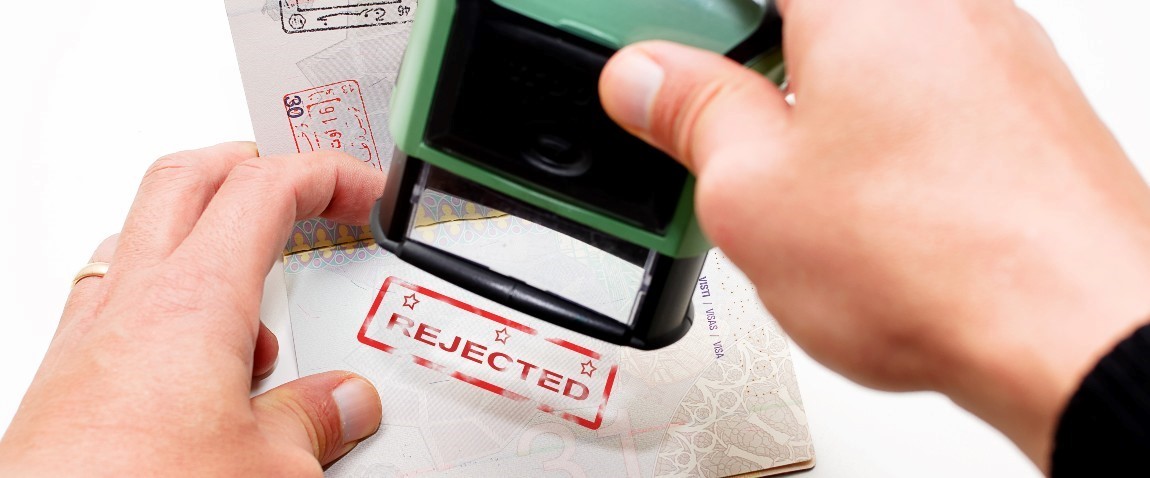
Getting a rejection from a visa application is a nightmare for all applicants. Can I get a refusal from Visa on Arrival? Although the possibility is so low, there is such a probability. The main reason for rejections is missing/fake/invalid documents, being on the blacklist of the Vietnam Immigration Department. As there are just several documents, you don't need to worry about this factor. We can say the same things for the blacklist, too. If you have never faced problems during your previous visits to Vietnam, then there is no reason to worry. Keep in mind that all documents must be valid for (at least six months) successful application.
What to do in Vietnam?
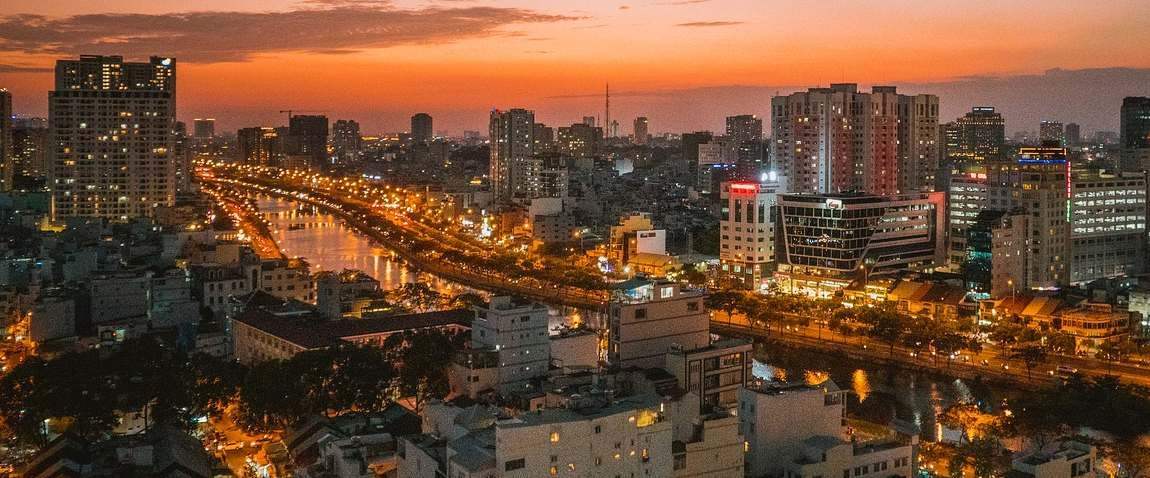
After a successful visa procedure, you can start to plan your vacation. It is as crucial as the visa application. You should prepare a list of places to visit, the place to stay, and of course meals to try. I know that some people like more spontaneous decisions and decide everything during the trip. It can be suitable for some people, but it is not allowed to estimate expenses. It is no secret that we must consider the financial issues. How can I learn prices in Vietnam? Of course, finding exact numbers is not real, but you can find close numbers from various websites which show all costs, such as food, accommodation, transport, and so on.
In conclusion, In this blog, we mentioned all the details about the Visa on Arrival. If you want to get the best Vietnam visa on arrival service and gain more information about Vietnam visas, you can check our website's 'Services' section.


